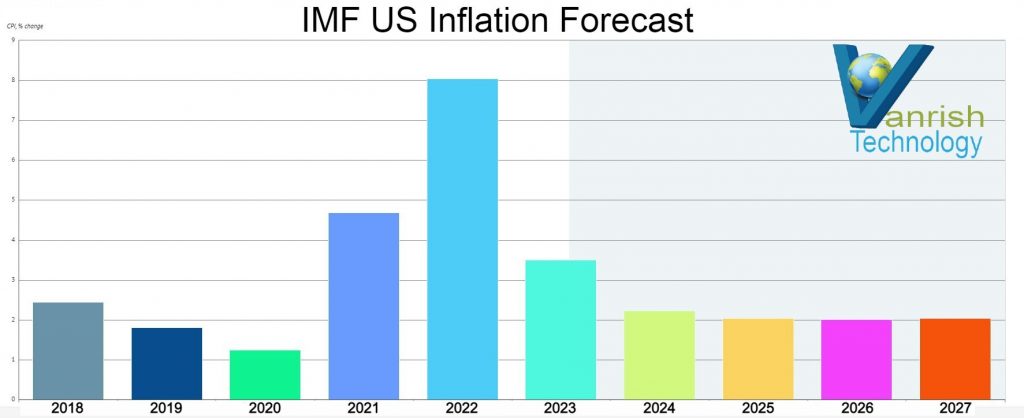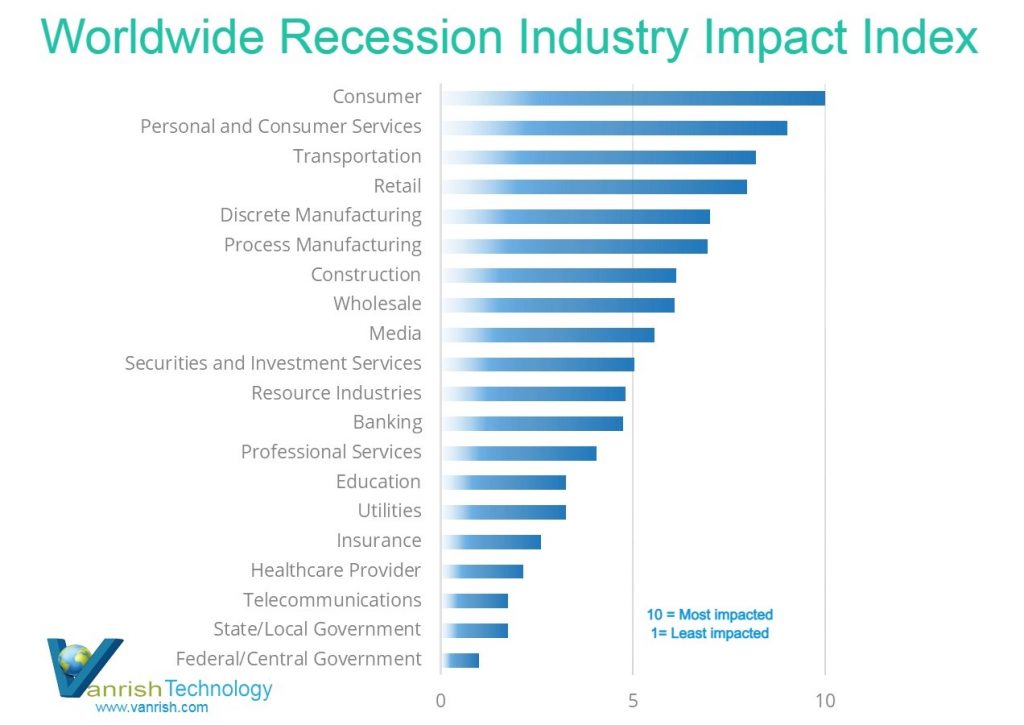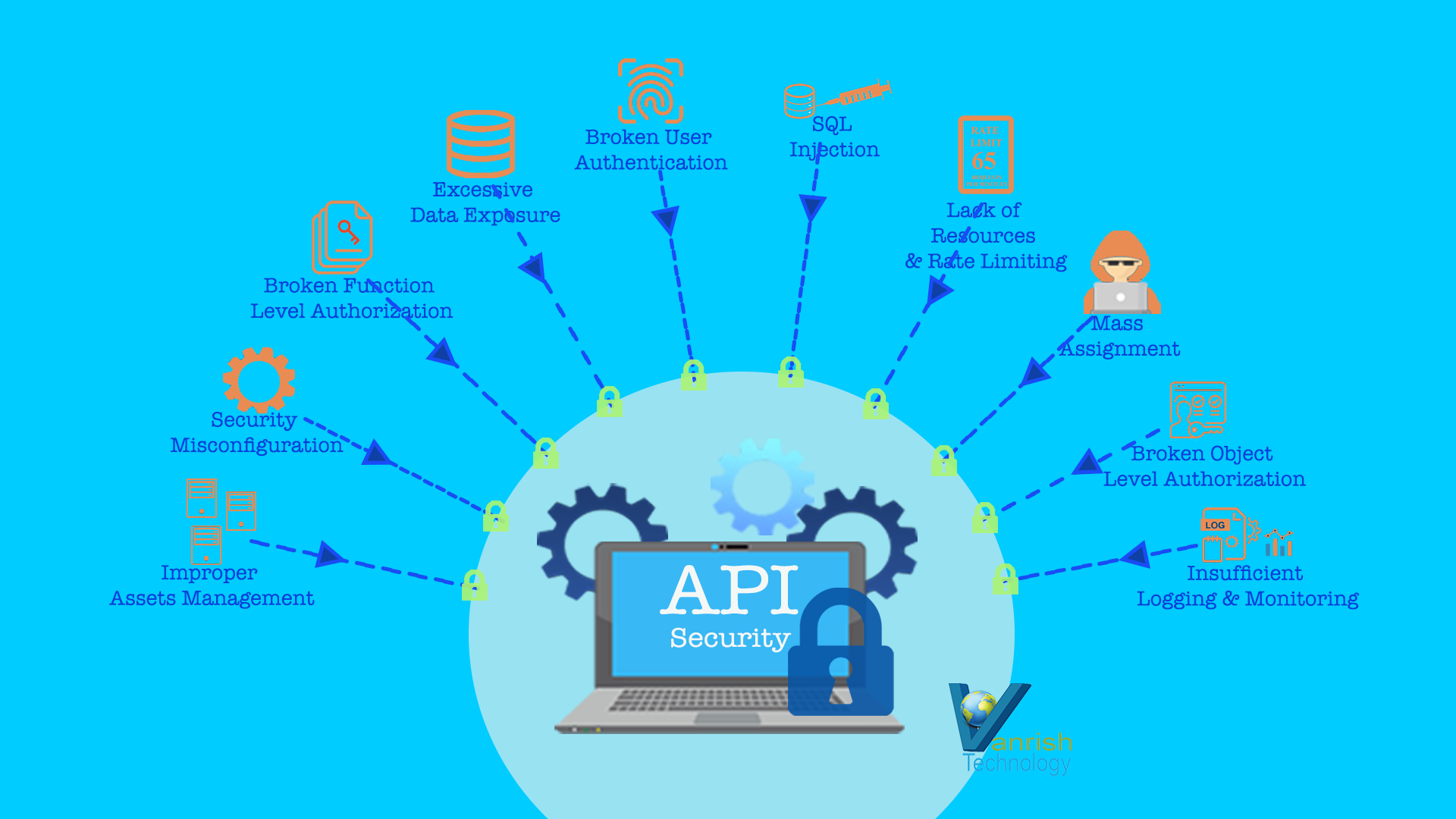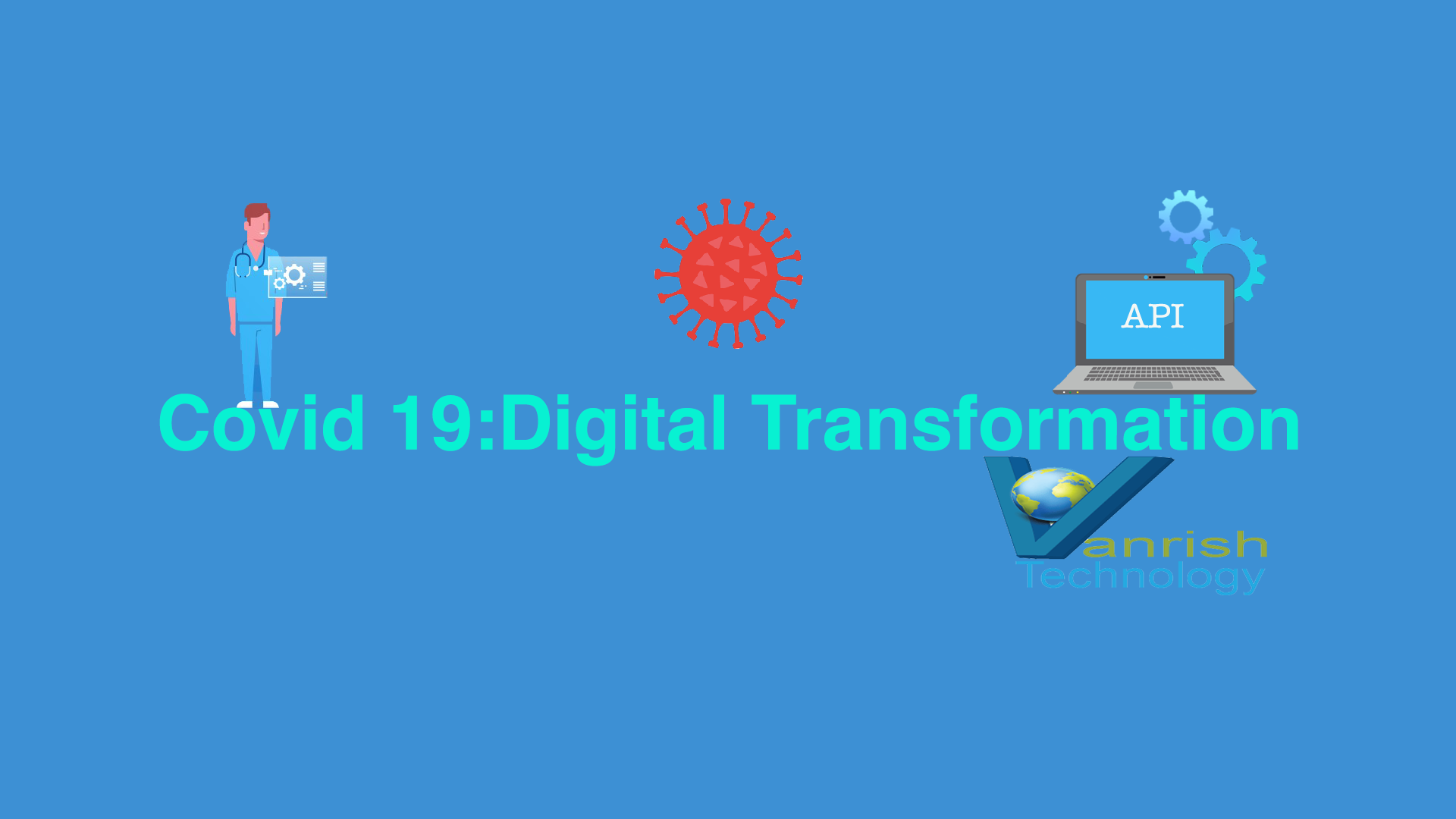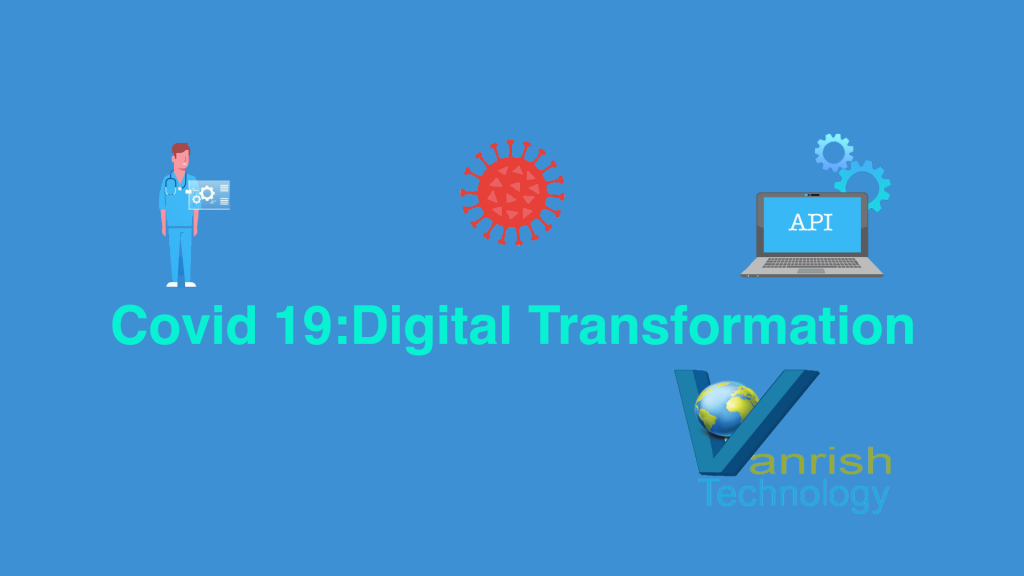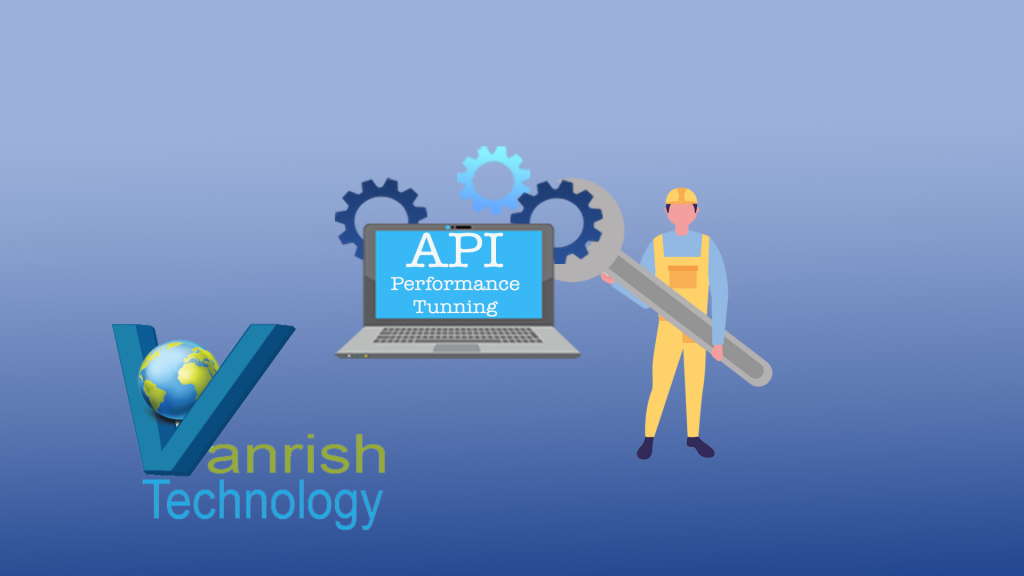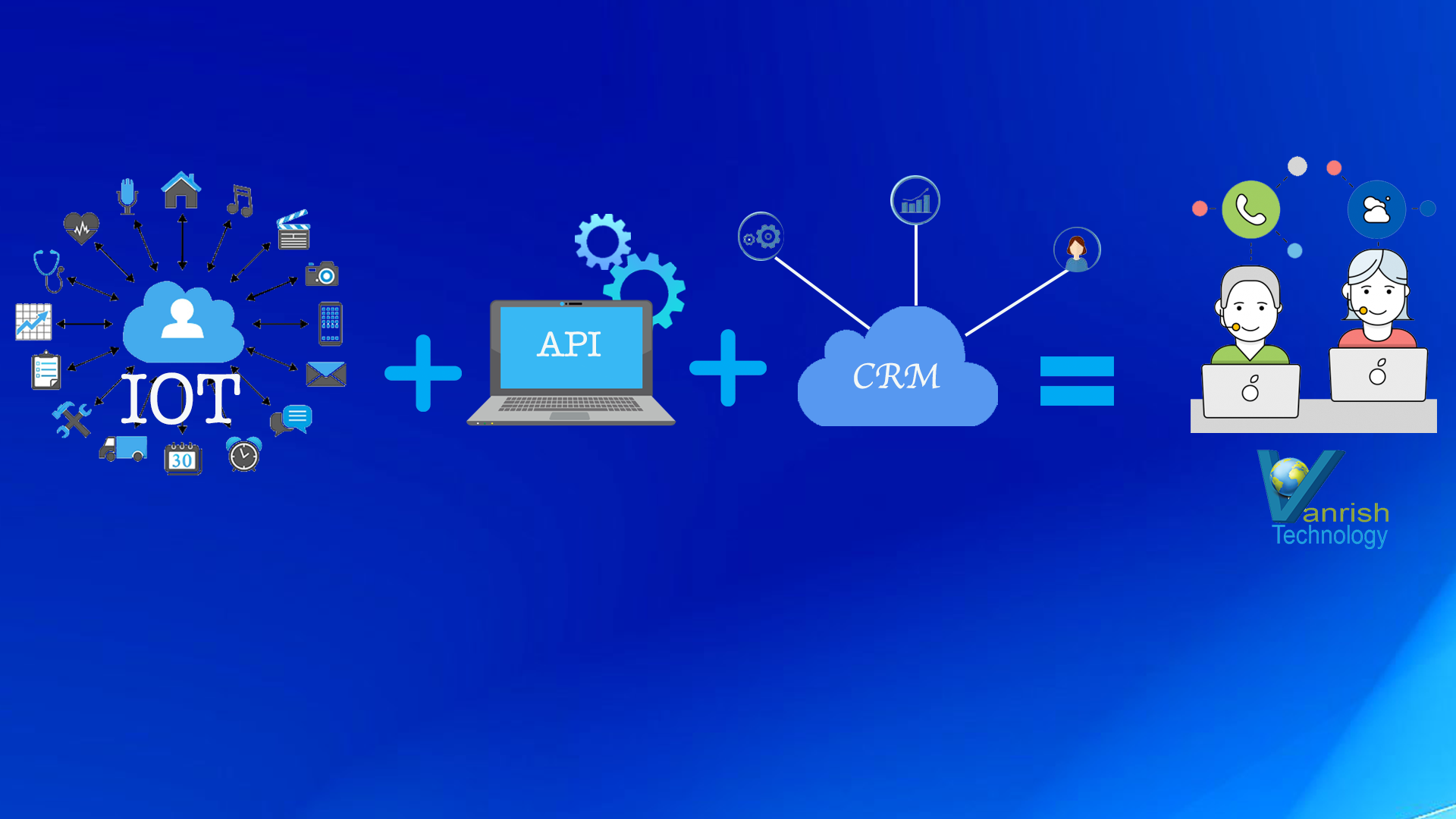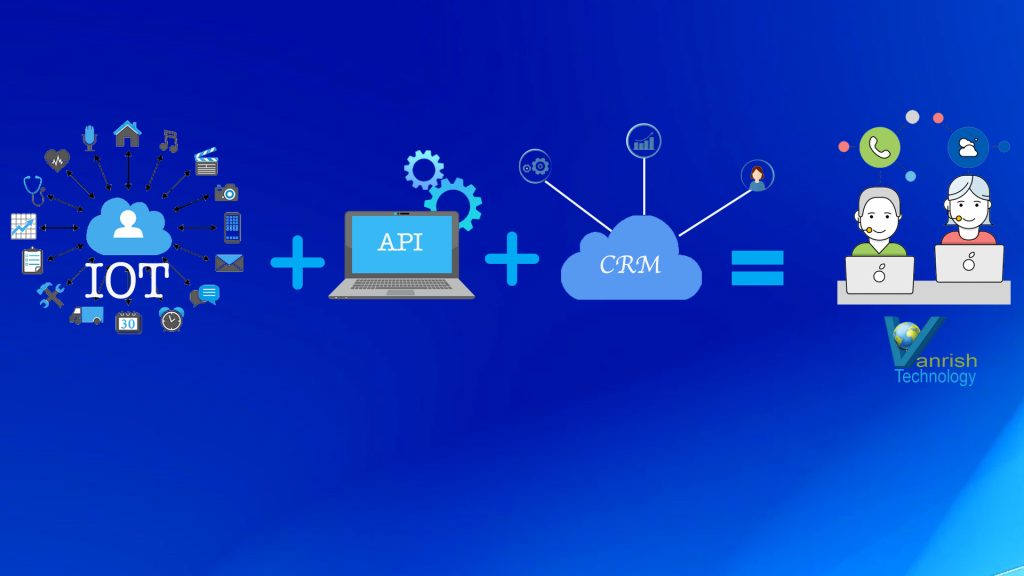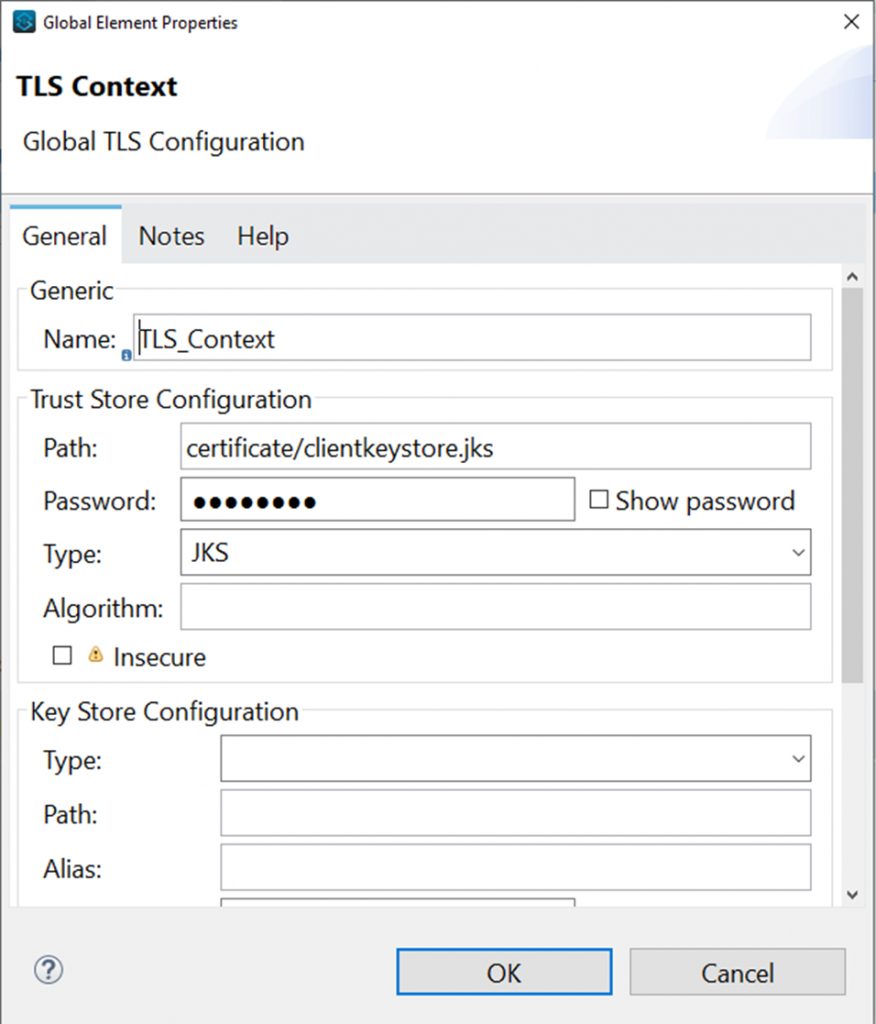The internet is full of buzz about the new AI based chatbot, chatGPT. ChatGPT reminds me of the early days of google, how google came and changed our internet search forever. We were using lycos search engine but google gave a new definition of search engine. Similarly I am seeing chatGPT is trying to define our search which is based on AI and AI models. It is coming as a new disruptive technology. Suddenly google is looking like old school.
Generative Pretrained Transformer 3 (GPT-3) from OpenAI, is the main component for Jasper.ai and other cloud based content writing, chatbot and machine learning applications. GPT-3 was first publicly released by OpenAI on June 11, 2020. GPT-3 is based on the concept of natural language processing (NLP) tasks and “generative pretraining”, which involves predicting the next token in a context of up to 2,048 tokens.
GPT-3 is based on Large language models (LLMs). Large language models (LLMs) are AI tools that can read, summarize, and translate text. They can predict words and craft sentences that reflect how humans write and speak.Three popular and powerful large language models include Microsoft ’s Turing NLG, DeepMind’s Gopher, and OpenAI ’s GPT-3.
ChatGPT was first publicly released by OpenAI on November 30, 2022 based on the GPT-3 framework. Initially developed as part of the GPT-3 research program, ChatGPT was built on top of the powerful GPT-3.5 language model to specifically address natural language processing tasks that involve customer service chat interactions.
OpenAI’s Chat GPT3 has demonstrated the capability of performing professional tasks such as writing software code and preparing legal documents. It has also shown a remarkable ability to automate some of the skills of highly compensated knowledge workers in general. ChatGPT has immense potential for ecommerce customer experience automation. ChatGPT allows customers to personalized shopping and fully automated 24 x 7 customer service on-demand.
In spite of chatGPT buzzwords, ability to content writing and customer service on-demand, I am little careful to use this technology for my business. I tested a few use-cases in chatGPT. It is working fine with some simple use-case and problem solving. But as soon as I added a few more variables to my problem, the chatGPT response was not correct.
Here is screenshot from ChatGPT for my problem and solution from chatGPT
The problem shown above chatGPT directly calculated from equation and response came as 5 min.
In chatGPT’s response it is not calculating a person’s waiting time in the queue.
So from above question right answer would be
Average Waiting Time = Average Processing Time x Utilization / (1-Utilization).
Average Waiting Time = 5 x (5/6) / (1 – 5/6) = 25 minutes
So, the correct answer is 25 minutes waiting in line. If we add the 5 minutes at the kiosk, we obtain a total of 30 minutes.
So from the above issue, I would like to highlight a few points if your company is trying to implement any ChatGPT solution.
- Does the ChatGPT AI model is configured based on your company use case?
- Do you have enough historical data to run and test AI based chatGPT LLM models?
- ChatGPT runs on the big model like LLM model. Big models incur a big cost, and LLM are expensive.
- Since ChatGPT runs on a big model (LLM), ChatGPT needs to overcome performance constraints.
Keep an eye out for GPT-4, which may be released as early as the first half of 2023. This next generation of GPT may be better at their results and more realistic.


